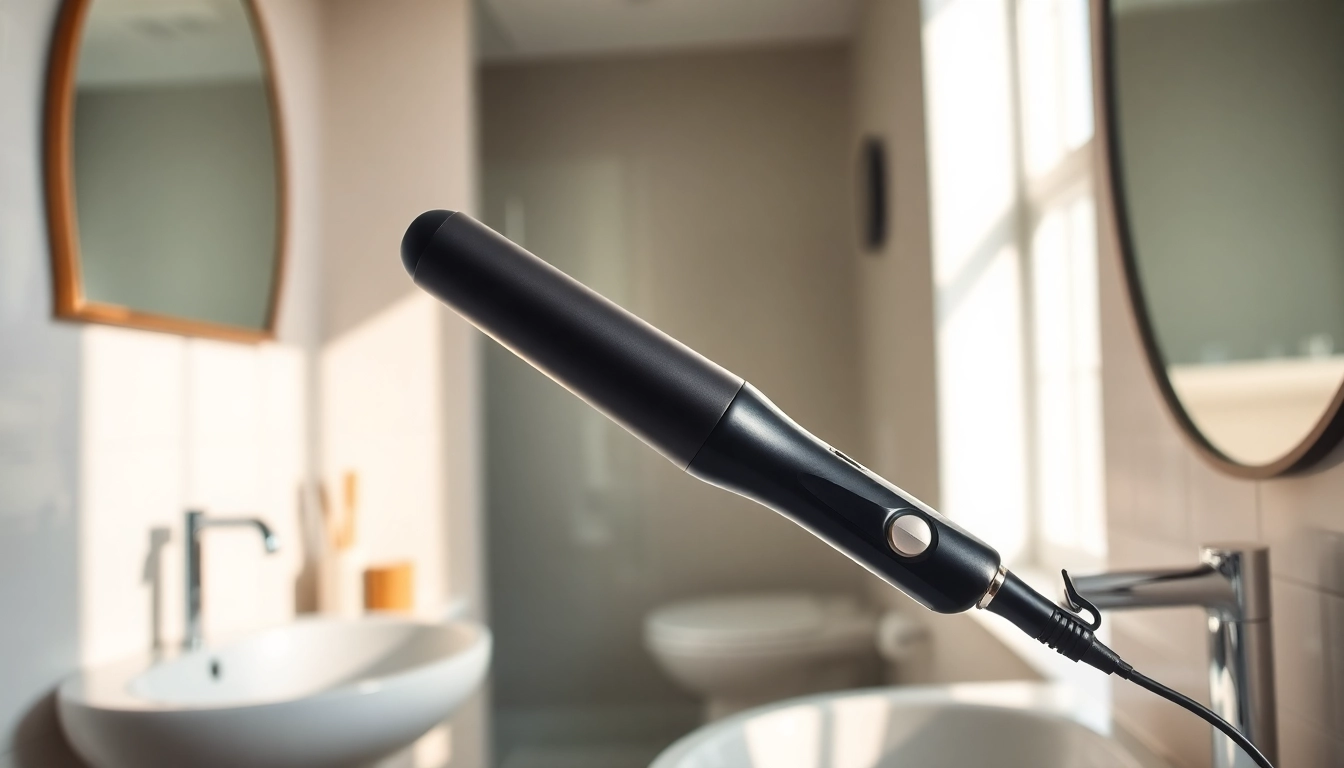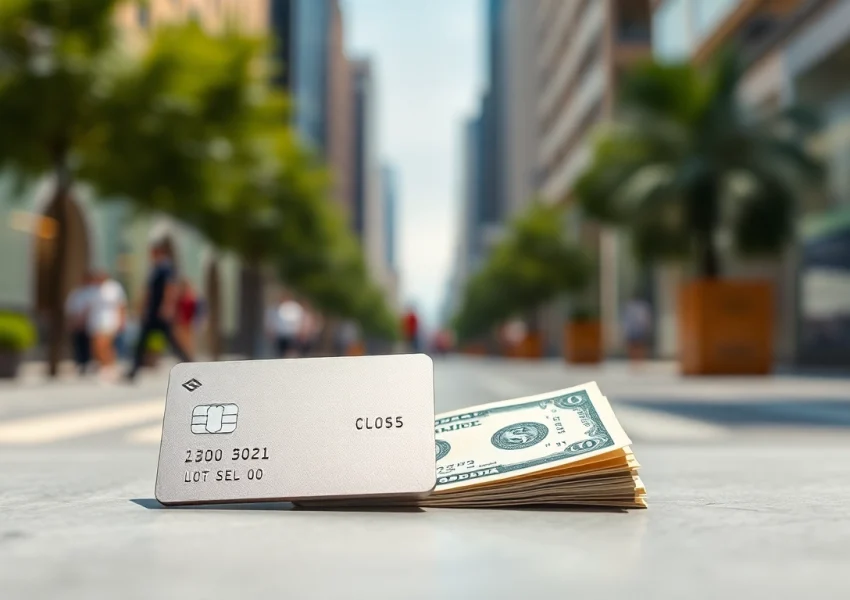Introduction to Heat Tools for Hair
When it comes to achieving stunning hairstyles, heat tools for hair have become indispensable. From sleek straight hair to glamorous curls, these tools can help you express your personal style, enhance your confidence, and create looks that turn heads. However, understanding the different types of heat tools available and their impact on hair health is crucial for maintaining strong, vibrant locks. In this article, we will delve into the specifications of various heat styling tools, best practices for their use, and how to navigate common challenges. Whether you are a heat tool novice or a seasoned stylist, this guide will empower you to make the most of your styling routine.
Understanding Different Types of Heat Tools
Heat tools for hair can be broadly categorized into several types, each designed for specific styling purposes. Knowing the differences will help you choose the right tool for your desired look.
- Hair Dryers: Essential for drying hair quickly, most modern hair dryers come with various heat and speed settings, enabling users to customize their drying experience while minimizing damage.
- Flat Irons: These tools are ideal for achieving straight, sleek looks. High-quality flat irons often feature adjustable temperature controls and ceramic or titanium plates to evenly distribute heat, reducing the risk of damage.
- curling Irons: These come in various barrel sizes to create different types of curls and waves. A curling wand, which lacks a clamp, offers more versatile styling options.
- Hot Brushes: Combining the benefits of a brush and a flat iron, hot brushes can smooth hair while adding volume, making them a popular choice among those looking for quick styling options.
How Heat Tools Impact Hair Health
While heat styling tools are convenient for achieving various styles, they can also pose risks to hair health if not used properly. The primary concern is heat damage, which can lead to split ends, breakage, and overall weakened hair structure.
The degree of damage often depends on the temperature settings used, the duration of heat exposure, and the type of hair. For instance, fine hair is generally more susceptible to damage than thicker hair, making it essential to use lower temperatures and limit styling time. Understanding the relationship between heat and hair condition will empower users to use heat tools effectively while prioritizing hair health.
Choosing the Right Heat Tool for Your Hair Type
Selecting the appropriate heat tool largely depends on your hair type. Here are some guidelines:
- Fine Hair: Opt for tools with adjustable heat settings, as high temperatures can cause significant damage. A ceramic flat iron or a low-temperature hair dryer is advisable.
- Thick Hair: Look for tools that reach higher temperatures and offer even heat distribution to ensure effective styling. Titanium flat irons and high-power hair dryers work well.
- Curly Hair: Hot tools designed to enhance curls or waves, like curling irons with varying barrel sizes, can help define and shape curls while preserving texture.
- Damaged Hair: If your hair has suffered previous damage, utilize heat tools infrequently and always apply a heat protectant to minimize additional stress.
Best Practices for Using Heat Tools
To maximize the benefits of heat tools while protecting your hair, adhering to systematic best practices is essential. Below are proven strategies to follow when styling your hair.
Preparation: Protecting Your Hair
Before reaching for your heat tools, it’s vital to prepare your hair adequately. This preparation involves several key steps:
- Wash and Condition: Clean and condition your hair appropriately. Consider using a deep conditioner to nourish and hydrate your locks before styling.
- Apply Heat Protectant: A quality heat protectant spray or cream creates a barrier between your hair and the heat, reducing potential damage.
- Detangle Gently: Use a wide-tooth comb or a detangling brush to eliminate knots without causing breakage.
- Dry Properly: If you’re using a hair dryer, ensure your hair is only mildly damp. Excess water can lead to steam damage, worsening hair health.
Techniques for Efficient Use of Heat Tools
Choosing the right technique can drastically improve the effectiveness of your styling process. Here are some methods to consider:
- Sectioning: Divide your hair into sections to ensure even application of heat and minimize missed areas.
- Speed Control: Avoid rushing through styling. Moving too quickly can lead to uneven results and potential hair damage.
- Temperature Management: Use the lowest effective temperature for your hair type to achieve the desired style without excessive heat exposure.
- Rotate Tools: Consider rotating between different heat tools to achieve versatility while preventing damage from consistent use of a single tool.
Post-Styling Hair Care Tips
After styling, proper care is crucial for maintaining healthy hair. Here are tips to consider:
- Cool Down: Allow your hair to cool down before touching it, as this helps hold the style longer and reduces damage.
- Limit Heat Exposure: Minimize the frequency of heat styling to give your hair time to recover.
- Use the Right Products: Follow up with serums or hair oils to add moisture and shine, making hair appear healthier.
- Regular Trims: Schedule regular trims to remove split ends and keep your hair looking healthy and vibrant.
Comparing Popular Heat Tools for Hair
With many options available, comparing various heat tools can help you make informed decisions about your styling arsenal. Here, we’ll discuss the pros and cons of common heat tools.
Hair Dryers vs. Straighteners: Pros and Cons
When comparing hair dryers and straighteners, each tool has its unique strengths and limitations:
| Tool | Pros | Cons |
|---|---|---|
| Hair Dryer |
|
|
| Straightener |
|
|
Innovative Features in Modern Heat Tools
Modern heat tools come with various innovative features designed to enhance usability and performance:
- Digital Controls: Offers precise temperature control, reducing the risk of heat damage.
- Auto Shut-off: Safety feature that turns the tool off after a certain period of inactivity.
- Rapid Heating Technology: Allows tools to reach the desired temperature in seconds, optimizing styling time.
- Tourmaline and Infrared Technology: Produces negative ions that help to lock in moisture, reduce frizz, and promote shiny hair.
User Reviews and Recommendations
User feedback is a critical component when evaluating heat tools. Reviews can provide insight into the performance and reliability of specific models. Here are some trends observed in recent user recommendations:
- Users frequently highlight the importance of adjustable heat settings, especially for those with fine or damaged hair.
- Devices that heat up quickly and maintain consistent temperatures are often favored for efficiency.
- Portability and lightweight designs are appreciated, particularly by those who travel frequently for work or leisure.
- Consumers also value customer service and warranty policies, indicating strong consumer care is essential in trusting a brand.
Common Challenges in Heat Styling
Heat styling is not without its challenges, and being aware of potential issues can help you find solutions quickly when problems arise.
Avoiding Heat Damage: Essential Tips
Avoiding heat damage is crucial for maintaining the integrity of your hair. Here are some essential tips to follow:
- Keep Tools in Good Condition: Regularly clean your heat styling tools, as product buildup can cause them to overheat or malfunction.
- Test Temperature: Use an infrared thermometer to check tool temperatures for accuracy, ensuring you’re not overdoing it.
- Limit Direct Heat: Use styling tools only when necessary, exploring heat-free styling methods whenever possible.
- Alternate Styles: Give your hair a break by alternating between straight styles, curls, and updos, thereby reducing overall heat exposure.
Tackling Frizz and Flyaways Effectively
Frizz and flyaways can be challenging when styling with heat tools. Consider the following strategies to combat these issues:
- Invest in Quality Products: Use smoothing serums and creams designed to eliminate frizz before or after styling.
- Adjust Your Technique: Ensure styling tools make contact with hair evenly and at the optimum angle to avoid creating frizz.
- Hydrate Your Hair: Use deep conditioning treatments regularly to keep your hair moisturized and healthy, minimizing frizz.
Solutions for Curly and Textured Hair
Curly and textured hair require special considerations when using heat tools. Here are some tailored solutions to maintain healthy curls:
- Low Temperature Styling: Utilize lower heat settings and longer styling techniques to protect delicate curls.
- Use a Diffuser: Attach a diffuser to your hair dryer to enhance curl definition and reduce frizz while drying.
- Regular Moisturization: Hydrate curls consistently with leave-in conditioners and oils to maintain elasticity and definition.
Conclusion: The Future of Heat Tools for Hair
The landscape of hair styling tools continues to evolve with advancements in technology and consumer preferences shaping the market.
Emerging Trends and Technologies
Innovation in heat styling is on the rise, with a focus on safer materials and more effective technologies:
- Heat tools with built-in sensors automatically adjust temperatures based on hair condition and moisture levels, prioritizing hair health.
- Tool manufacturers are experimenting with innovative materials, such as ceramic and crystal-enhanced coatings, which better distribute heat.
- Portable and dual-voltage devices are appealing to frequent travelers, allowing heat styling on-the-go without compromising quality.
Consumer Preferences and Market Insights
Market research indicates an increasing consumer preference for multifunctional tools that save time without sacrificing quality. Users want tools that not only style but also nourish their hair.
Final Thoughts on Sustainable Heat Styling
As sustainability becomes a major focus in many industries, the heat styling sector isn’t exempt. Consumers are now looking for environmentally friendly options, such as tools designed with sustainable materials or energy-efficient features. By opting for sustainable practices, both consumers and manufacturers can contribute to a healthier planet while enjoying the benefits of beautiful hairstyles.






